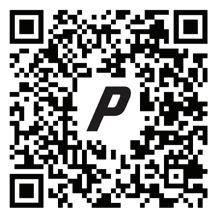
1 minute read
EXPANSION
vehicles on their own. Permission to test or deploy these vehicles is granted by the Department of Motor Vehicles, and authorization to use those test vehicles as fare-collecting automated taxis is granted by the Public Utilities Commission.
Cruise, a subsidiary of General Motors, started testing completely driverless cars in San Francisco in 2021, and began its robotic taxi service in 2022 in a portion of the city, though only at night. Waymo, whose parent company is Alphabet, received authorization to pick up passengers in November of 2022. Both companies have asked California regulators to allow them to expand the number of vehicles they are testing, the times of day they can pick up passengers, and expand the area in which they operate within the city.
A quick search of social media will reveal dozens of videos of both Waymo and Cruise automated vehicles struggling with construction zones, becoming confused in intersections, coming to a stop in traffic, and in one case driving away from law enforcement.
The AMA continues to demand state and federal regulators take a more aggressive approach to regulating partially automated vehicle features currently available for purchase. These include Tesla’s autopilot and fully-automated vehicles not yet available for the public to purchase, but which are still being tested on public roads, making all of us unwitting guinea pigs.











